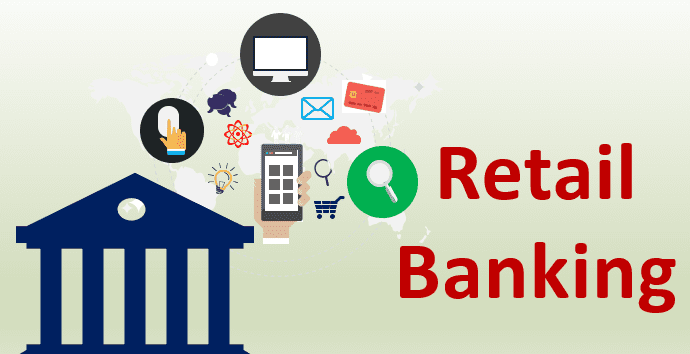You might be familiar with numerous lending options for businesses. Corporate or government entities can raise funds via loans, debt financing, equity financing, and other methods. Individuals can also seek for loans to start their new businesses. Amidst all the lending options for businesses, financial institutions do not forget retail customers. Individuals requiring loans and credit facilities form a large chunk of the total user base for financial institutions. Financial institutions pay special attention to individuals requiring funds for personal reasons by launching a variety of loan products. Over the years, the retail lending landscape has changed vastly due to numerous factors. Read on to understand the Trends in Retail Banking and lending sectors.
Are you familiar with the retail lending sector?
Before delving deeper into the trends, you must be familiar with the retail lending sector. The retail lending sector focuses on the funding needs of individuals. It focuses on offering loans to retail customers for personal or household chores/needs. Instead of organisations, retail lenders focus on the financial needs of individuals. The retail lending sector encompasses mortgage lenders, credit unions, and other financial institutions. A wide range of loan products are available for retail customers, such as:
- Mortgages or housing loans are popular in every country. Mortgages provide individuals with the money to buy their dream house. It is crucial to note that these loans are offered for purchasing household properties.
- Auto loans are another popular offering by retail lenders. These loans are offered to individuals for purchasing personal vehicles. Besides retail banks, credit unions and dealerships also offer auto loans for purchasing vehicles.
- Personal loans are offered by retail lenders to individuals. Every individual has a credit score that decides the eligible loan amount. Retail lenders evaluate the creditworthiness of individuals before offering personal loans.
- Credit cards are also offered within the retail lending sector. Individuals can make purchases via their credit cards within their limit. Usually, customers pay the used credit limit to the issuer once a month.
- Education loans also fall under the category of retail lending products. It allows individuals to fund their educational expenses without selling their assets.
Understanding the trends in retail lending in 2023
As discussed above, the retail lending sector has a wide range of products, from credit cards to mortgages. Over the years, the retail lending sector has changed a lot. Technology has been the driving factor behind the evolution of the retail lending sector. Other factors have also revolutionised the retail lending business. Here are the top Trends in Retail Banking / lending in 2023:
The rise of Fintech
The rise of Fintech (Financial Technology) has disrupted the retail lending sector. Fintech applications are doing more than just allowing customers to make digital transactions. You can now apply for small personal or auto loans via Fintech platforms. Fintech platforms have specialised in credit assessment and loan processing techniques. They can automate credit assessment and make the loan approval process faster. Gone are the days when you had to visit a physical bank to get a personal or auto loan.
The rise of personalised customer experience
Back in the day, loan providers had a few financial products for individuals. A customer’s eligibility was checked for any particular financial product. There was no concept of creating new financial products to suit the individual needs of customers. In 2023, personalised customer experience has been on the rise. New-age lending platforms can generate numerous loan options to suit individual needs in seconds. All this has been possible because financial institutions have more customer data to work with.
Data analytics
As more and more customers interact with digital lending platforms, financial institutions have more data to work with. They collect data from different sources and use it to understand customer demands, pain points, and lending trends. It involves new-age data analytics solutions capable of extracting rich insights from large volumes of data. A few years back, retail lenders did not have such powerful tools for data analytics.
The rise of automation
Trends in retail banking include the use of AI, ML, RPA, and other automation technologies. Retail lenders are concerned with several processes, like loan origination, processing, and credit evaluation. Since the number of customers is increasing, it is not easy to handle these processes manually. To reduce the burden, retail lenders have harnessed the power of automation technologies.
The rise of ESG
ESG (Environmental, Social, and Governance) and sustainability considerations are now seen in every industry sector. Similarly, retail lenders are exploring ESG-based financial products. For example, many lenders are offering auto loans for electric vehicles, which are supposed to protect the environment.
In a nutshell
The retail lending sector is continuously evolving due to digitisation, globalisation, and a few other factors. Financial institutions must be familiar with the trends in the lending sector. By following the trends, financial institutions can maintain their competitiveness. Learn more about the trends in retail banking/lending sector!









